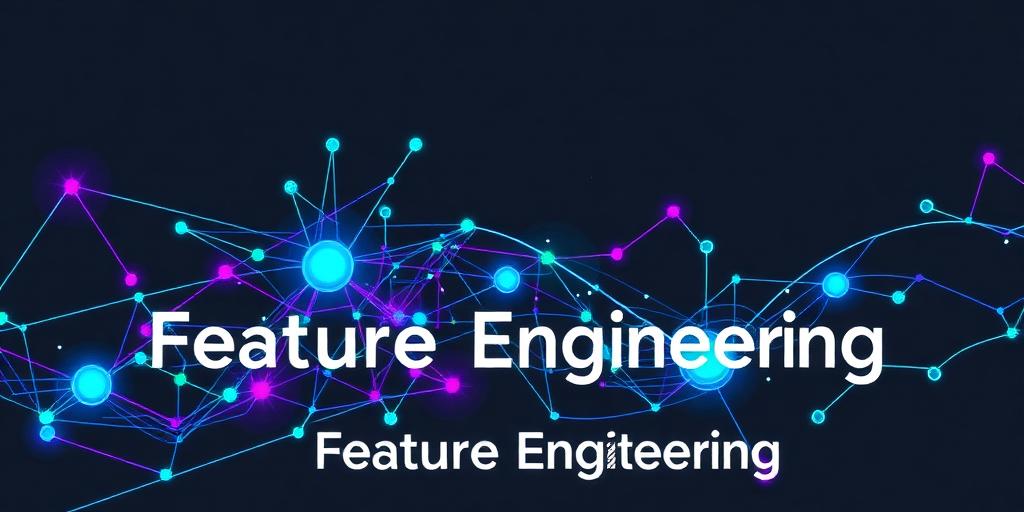The Top 5 Blockchain Platforms for Developers: An Authoritative Guide
The burgeoning field of blockchain technology continues to evolve, presenting developers with an ever-expanding array of platforms. Selecting the most suitable blockchain for a given project is a critical decision, influencing scalability, security, cost-effectiveness, and the overall developer experience. This authoritative guide identifies and examines five leading blockchain platforms that stand out for their robust ecosystems, comprehensive tooling, and vibrant developer communities, making them prime choices for building decentralized applications (dApps) and enterprise solutions.
1. Ethereum: The Pioneer and Smart Contract Kingpin
Ethereum remains the undisputed leader in the smart contract space, a position solidified by its first-mover advantage and extensive adoption. Its Turing-complete EVM (Ethereum Virtual Machine) allows for the creation of complex, programmable smart contracts, underpinning the vast majority of dApps in DeFi, NFTs, and Web3 gaming.
Key Developer Advantages:
- Maturity and Community: The largest and most established developer community, providing unparalleled support, resources, and a wealth of existing libraries and tools.
- Tooling: Rich ecosystem of development tools like Hardhat, Truffle, Foundry, Web3.js, and Ethers.js.
- Security: Battle-tested security model, although gas fees and scalability remain considerations, addressed by Layer 2 solutions.
- Interoperability: Extensive bridge solutions connect Ethereum with other chains.
Use Cases: Decentralized finance (DeFi) protocols, non-fungible tokens (NFTs), decentralized autonomous organizations (DAOs), enterprise blockchain solutions leveraging private Ethereum instances.
2. Polkadot: The Interoperability Architect
Polkadot offers a unique multichain architecture designed to enable true interoperability and scalability. Its relay chain connects various custom blockchains (parachains), allowing them to communicate and share security. This design addresses one of the primary limitations of monolithic blockchains: isolation.
Key Developer Advantages:
- Substrate Framework: A modular framework for building custom blockchains (parachains) with ease, offering high flexibility and pre-built components.
- Shared Security: Parachains benefit from the collective security of the entire Polkadot network, reducing individual chain vulnerability.
- Cross-Chain Communication: Native cross-chain messaging (XCMP) facilitates seamless interaction between parachains.
- Scalability: Parallel transaction processing across parachains significantly enhances throughput.
Use Cases: Cross-chain DeFi, Web3 infrastructure, specialized application-specific blockchains, decentralized identity solutions.
3. Solana: The High-Performance Contender
Solana has rapidly emerged as a formidable competitor, distinguished by its exceptional transaction speed and low fees. It employs a unique combination of innovations, including Proof of History (PoH), Tower BFT, and Sealevel, to achieve high throughput without sharding.
Key Developer Advantages:
- Scalability: Capable of processing tens of thousands of transactions per second, making it ideal for high-frequency applications.
- Low Transaction Costs: Minimal fees enhance user experience and enable micro-transactions.
- Developer Experience: While Rust is the primary language, the community and tooling are growing rapidly.
- High Performance Blockchain: Optimized for speed and efficiency.
Use Cases: Decentralized exchanges (DEXs), high-frequency trading platforms, gaming, real-time payments, consumer-facing dApps requiring fast finality.
4. Binance Smart Chain (BSC) / BNB Smart Chain (BSC): EVM Compatibility and Accessibility
Initially launched as Binance Smart Chain and now known as BNB Smart Chain, this platform gained significant traction due to its EVM compatibility and lower transaction costs compared to Ethereum. It operates with a Proof of Staked Authority (PoSA) consensus mechanism, offering a balance of decentralization and performance.
Key Developer Advantages:
- EVM Compatibility: Developers can easily port existing Ethereum dApps and smart contracts with minimal changes, leveraging familiar tools like Hardhat and Truffle.
- Lower Fees: Significantly lower gas fees attract users and developers alike, particularly for smaller transactions.
- High Throughput: Faster block times and higher transaction capacity than Ethereum (prior to its upgrades).
- Binance Ecosystem Integration: Benefits from the vast user base and liquidity of the Binance ecosystem.
Use Cases: DeFi applications, NFT marketplaces, gaming dApps, and general-purpose dApps seeking lower operational costs and faster transaction speeds.
5. Hyperledger Fabric / Corda: Enterprise-Grade Private Blockchains
While the previous platforms focus on public, permissionless networks, Hyperledger Fabric and Corda specialize in permissioned, enterprise-grade blockchain solutions. These platforms are designed for consortiums and businesses requiring privacy, granular access control, and high transaction confidentiality.
Key Developer Advantages:
- Privacy and Permissions: Robust identity management and private data channels ensure confidentiality for sensitive business transactions.
- Modularity: Both platforms are highly modular, allowing organizations to tailor components to specific business needs.
- Interoperability (Corda): Corda's unique point-to-point transaction model simplifies integration with existing enterprise systems.
- Developer Support: Backed by major corporations and consortia, offering professional support and documentation.
Use Cases: Supply chain management, trade finance, digital identity, healthcare data sharing, interbank settlements, and other regulated industry applications where data privacy and participant control are paramount.
Conclusion
Choosing the optimal blockchain platform is a strategic decision that hinges on project requirements, desired decentralization, scalability needs, and target audience. Ethereum continues to dominate for public dApps, while Polkadot champions interoperability, and Solana excels in high-speed transactions. BNB Smart Chain offers an accessible EVM-compatible alternative, and Hyperledger Fabric and Corda lead the charge in enterprise-grade permissioned solutions. As the blockchain landscape continues to mature, developers are empowered with increasingly sophisticated choices, enabling the creation of truly transformative decentralized applications.









